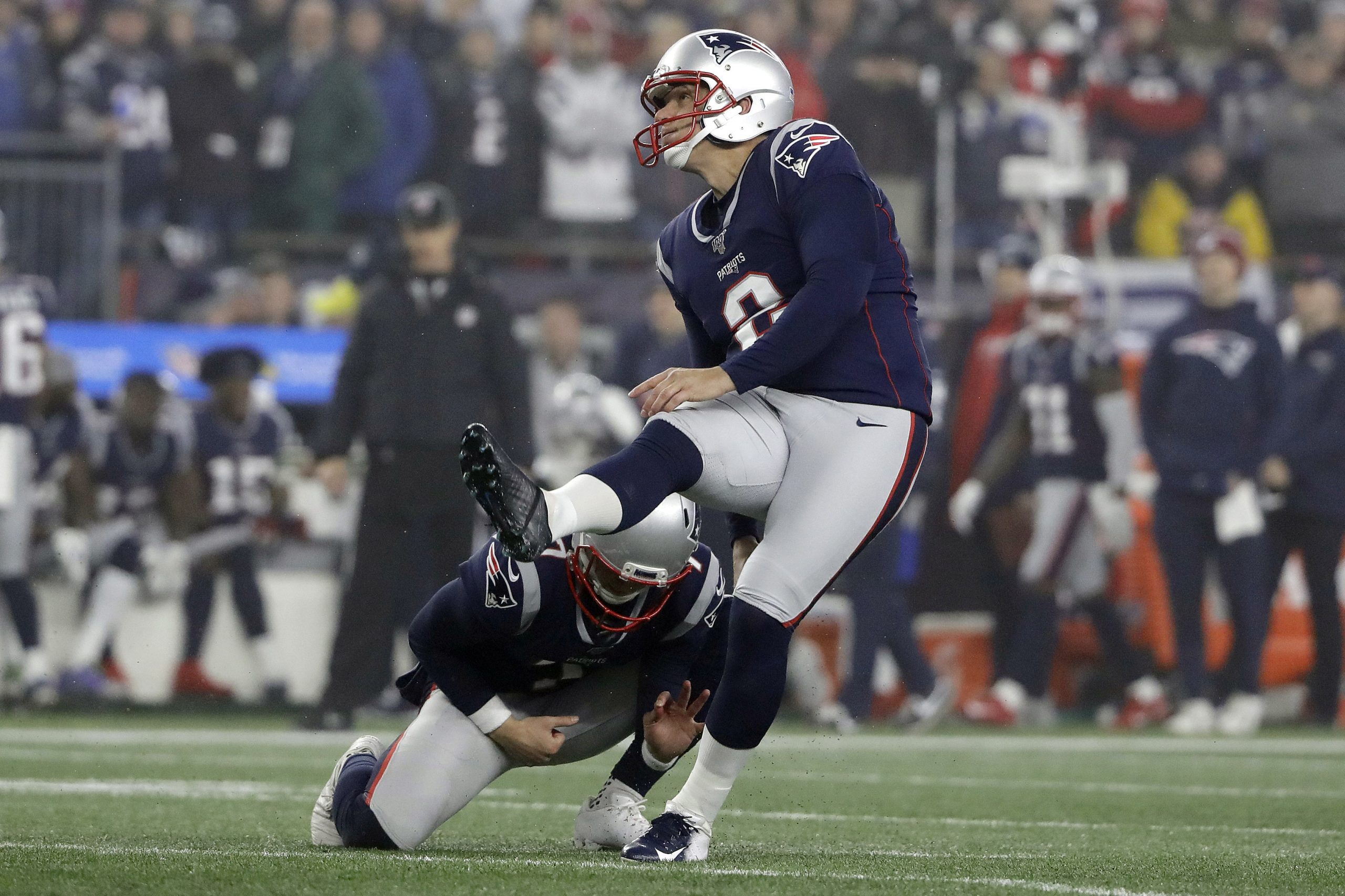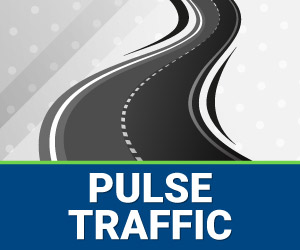Fantasy Football Intelligence: Game Theory

In the worlds of negotiation and Fantasy Football, don’t fall in love with anything. Don’t get emotionally attached. There is great power in being able to walk away, in recognizing good money after bad and changing course. It is almost always beneficial to pivot when necessary as new information becomes available. It is a good strategic move to switch doors after Monty Hall shows you what is behind door #3.
Last week, my plan for today’s blog was to do individual team capsules and focus on the “A” and “B” team players who would benefit from more consistent opportunity shares than the “C” team stars. While that exercise still has some value, after evaluating the data for the Fantasy Football Intelligence Draft Board V2, it became apparent that due to the unique aspects of this season (abridged training, diminished home field advantage, increased health uncertainty) coupled with game trends (dual threat QBs, committee backfields, increased scoring, decreased defense and less contact), particularly at the RB and WR positions, the relationship between individual performance and team success is not correlated as closely as it has been in past years. As a result, we’ll proceed to the draft board and explore tier strategy and team building.
(Print a copy of the board from the link above. Go ahead, I’ll wait.)
As we did last year, each position is broken into tiers. Each horizontal line indicates a drop-off in value. In an ideal world, you would secure one QB, two RB, three WR, a TE and a K from the gray shaded areas. (Be aware of your league rules – if you start 2 RB/2 WR/1 Flex, you probably want your 3rd RB before your 3rd WR depending on how points are scored.) If you are unable to fill out your starters from the shaded areas, or if you didn’t get a player in the top couple of tiers at a particular position, you will want at least one player from the yellow area at that position.
Unless your league has unusual rules, the first seven picks of the draft should probably be running backs. Around pick eight MIchael Thomas becomes viable, perhaps sooner in PPR. If you have 6 pts for a TD pass, Mahomes is in play too. Generally, if you don’t select Mahomes or Jackson in the 2nd or 3rd round, make sure you get at least 5 RB/WR (or 4 + Kelce/Kittle) before taking a QB. You can probably wait longer than that if your TD passes are only 4 pts. There are plenty of QBs in the draft and there will be plenty on the waiver wire during the season unless you have huge rosters or are starting two QBs.
Experts are prioritizing RB even more this year than in the past. The practice schedule will have more impact on the passing game, especially for teams putting in new offenses – Carolina, Cleveland, Denver, Jacksonville, Miami, NY Giants and Washington. Minnesota changed OC and Dallas changed HC, but both will be running ostensibly the same offense they ran last season. If you have the roster space, and particularly if your RB has an injury history, consider handcuffing him once you hit the double digit rounds. As we are advocating a streaming defense strategy this year, I would prioritize the handcuff over a defensive team. Think about it like an insurance policy that you hope to never need; winning fantasy football strategy is about risk mitigation and upside. If you draft Cook, Chubb or Drake, owning Mattison, Hunt or Edmonds will save you some sleepless nights. Pairing J.K. Dobbins with Ingram and Latavius Murray with Kamara is desirable too, but not as essential. Again, you can only do this if your rosters are big enough and your lineup is in good shape. In smaller roster leagues, we will revisit the issue of handcuffs in the back half of the season.
Note that we haven’t yet recommended specific players to draft. At this stage of the process it is more important to look at the big picture and focus on draft strategy. Once you know the order of your draft, go to your site and do some mock drafts. They allow you to try out different strategies to see what your team would look like. Again, you want risk mitigation with upside. You can’t win the league in the first three rounds, but you can lose it.
The resolutions of key uncertainties will heavily impact the fantasy season. We recommend drafting as close to the start of the season as possible in order to (say it again with me) mitigate risk. We’ll know a lot more about these things after Labor Day, but if you must draft in August, here are some head scratchers to think about:
Rams Starting RB: Todd Gurley’s mediocre season was saved by 12 rushing TDs last year (14 total). Malcolm Brown added 5 more and Goff had 2. Sean McVay isn’t afraid to run, the Rams scored 19 rushing TDs from inside the 10. The heirs apparent to Gurley appear to be 2nd year RB Darrell Henderson and rookie Cam Akers, though Brown is still around. Akers is the bigger back, but Henderson has a year in the system. Akers is currently going as RB28 and Henderson is RB 45. Henderson suffered a minor hamstring injury. The situation is clear as mud. Make the call on this as late as you can. Today I would draft Akers as a high ceiling/low floor RB3. We have him at RB30; if he is named the starter, he bumps up 3-5 places.
Cowboys Receivers: Dallas threw for nearly 5,000 yards last year and Dak Prescott threw 30 TD passes. Cooper and Gallup both saw over 110 targets and they spent a first round pick on CeeDee Lamb who steps right into the slot. Randall Cobb (Houston) drew 83 targets there last year. Jason Witten moved on to Las Vegas and his 83 targets are staying in Dallas. The 166 targets will be split between Lamb and Blake Jarwin (Jarwin had 41 last year). Both should see good volume. Gallup puts up good numbers when healthy, but he missed two games last year and has an injury history. He also has a high drop rate and limited red zone appeal. We are ranking Lamb ahead of him at WR29, which is close to Gallup’s ADP (Lamb’s ADP is 47). We have Cooper at WR11 and Gallup at WR37. While Cooper stayed healthy last year, he’s gotten nicked up too. Lamb may be the best value on the board if you get him in the 30’s.
49ers Offense: The only sure thing is George Kittle. With only 5 TDs, I would say that Kittle underachieved a bit last year. He missed two games and had 324 fewer receiving yards than he did in ’18 and was still TE3. We expect him to bounce back and you could sell him to me in the 2nd or 3rd round in most formats. Garoppolo is too inconsistent to be a top QB, but is eminently stream-able. Robbie Gould is K7, so he’ll be on someone’s team. Deebo Samuel looked like a candidate for a big step up after his second half and playoff performances last year before he broke his foot in June. The Niners are saying that they expect him back fairly early, but nobody is committing to anything and we all remember A.J. Green last year. We have him at WR34; someone will probably feel lucky and take him sooner, but once all the WRs in the shaded area of the draft board are gone, he is a good risk. 1st rounder Brandon Aiyuk would be higher than WR45 with Samuel out, but he pulled up lame a few days ago too. At the RB position Raheem Mostert looks like the best play after a strong second half and playoffs, but he is not without warts. He’s a two down back with little receiving upside and he is only 5’10” and does not have a long track record. Kyle Shanahan has shown a propensity to use Jeff Wilson as a goal line back, Tevin Coleman will play a fair amount and Jerick McKinnon hasn’t torn his ACL again yet this year. Mostert is currently RB16 on the board, but he may slip up to five spots before the final version. Proceed with caution.
Next week we will look at the V3 iteration of the draft board and look at players who we rate considerably higher or lower than their ADP. Here’s another Tom Petty track that’s apropos for this week’s theme.




